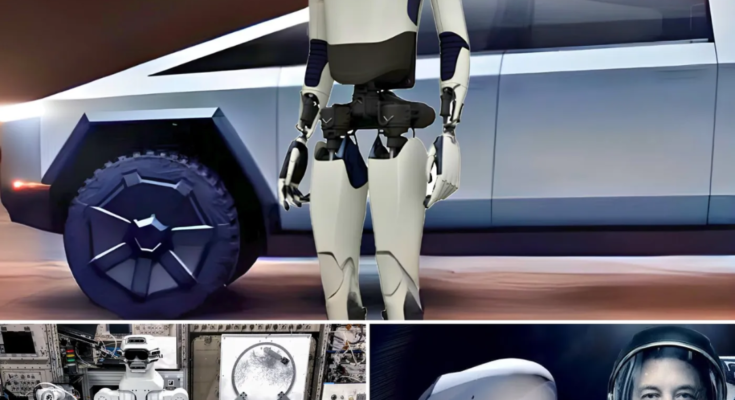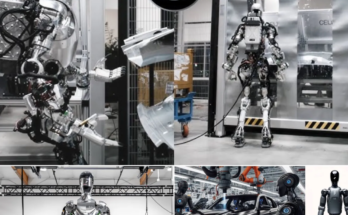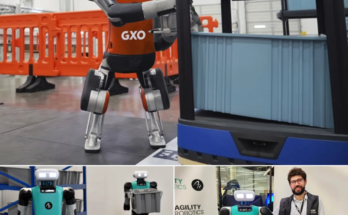SpaceX, under the leadership of Elon Musk, is leading the charge in space exploration, and it’s doing so with cutting-edge technology, including automated robots. These robots are playing a pivotal role in the rocket and satellite assembly lines, ensuring precision, speed, and efficiency at an unprecedented level. By integrating robotics into their production processes, SpaceX is setting new standards for the space industry.
Boosting Precision with Robotic Technology
In the highly intricate process of building rockets and satellites, precision is crucial. Even a small error can have catastrophic consequences during a space mission. This is where robotic automation comes into play. By incorporating robots into the assembly process, SpaceX can achieve a level of accuracy and speed that would be impossible with human labor alone. These machines are programmed to perform repetitive tasks with exceptional consistency, reducing the risk of human error and allowing engineers to focus on more complex aspects of rocket design.
Enhancing Efficiency on the Production Line
SpaceX’s rocket production is unlike any other in the aerospace industry. The company’s focus on rapid manufacturing is one of the reasons they’ve managed to drastically reduce the costs associated with space travel. The integration of automated robots into the assembly lines allows SpaceX to assemble rockets faster and more efficiently. This efficiency is key to meeting their ambitious goal of reusable rockets that can dramatically reduce the cost per launch.
With robots handling repetitive tasks like welding, painting, and component placement, SpaceX can ramp up production to meet the growing demand for commercial satellite launches and space exploration missions. Automation has become a crucial part of ensuring that SpaceX remains competitive in the highly demanding space industry.

The Role of Artificial Intelligence in Space Robotics
It’s not just traditional robots that SpaceX employs—artificial intelligence (AI) is also a game-changer in the company’s approach to automated rocket production. AI-powered robots are capable of learning from their environment and improving their performance over time. This self-learning ability allows them to adapt to any changes in the production process and solve problems in real time.
For instance, SpaceX utilizes AI systems to oversee quality control, ensuring that every component of a rocket meets stringent standards. These systems also enable robots to make adjustments on the fly, improving the overall efficiency and quality of the production line. With AI’s involvement, SpaceX is not only optimizing production but also pushing the boundaries of what’s possible in the field of space robotics.
The Future of SpaceX and Robotic Automation

Looking ahead, SpaceX plans to expand its use of automation to further streamline its operations. As the demand for space missions increases, the company aims to produce rockets at a scale and speed that traditional methods can’t match. By continuing to push the boundaries of robotic automation, SpaceX hopes to make space travel more affordable and accessible than ever before.
The integration of robotic systems and AI into SpaceX’s production processes is just the beginning. With ambitious goals for Mars exploration and commercial space travel, these technologies will be crucial to ensuring that the company can meet the challenges of space exploration head-on.
SpaceX and the Robotic Revolution: A New Era of Space Exploration
SpaceX’s adoption of automated robots marks a new era in aerospace production and space exploration. By embracing the power of robotics, AI, and automation, SpaceX is driving down costs, improving efficiency, and pushing the boundaries of what’s possible in space. As the space industry continues to evolve, SpaceX is leading the charge in making space travel not only possible but sustainable for the future.



